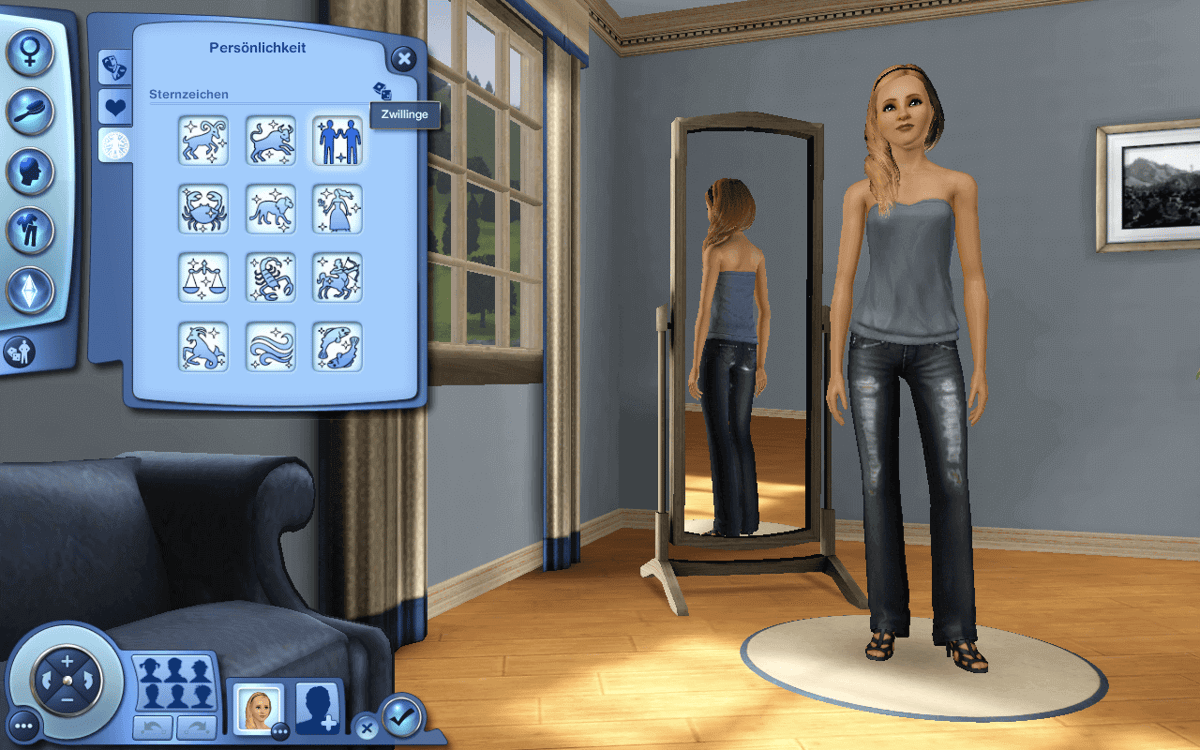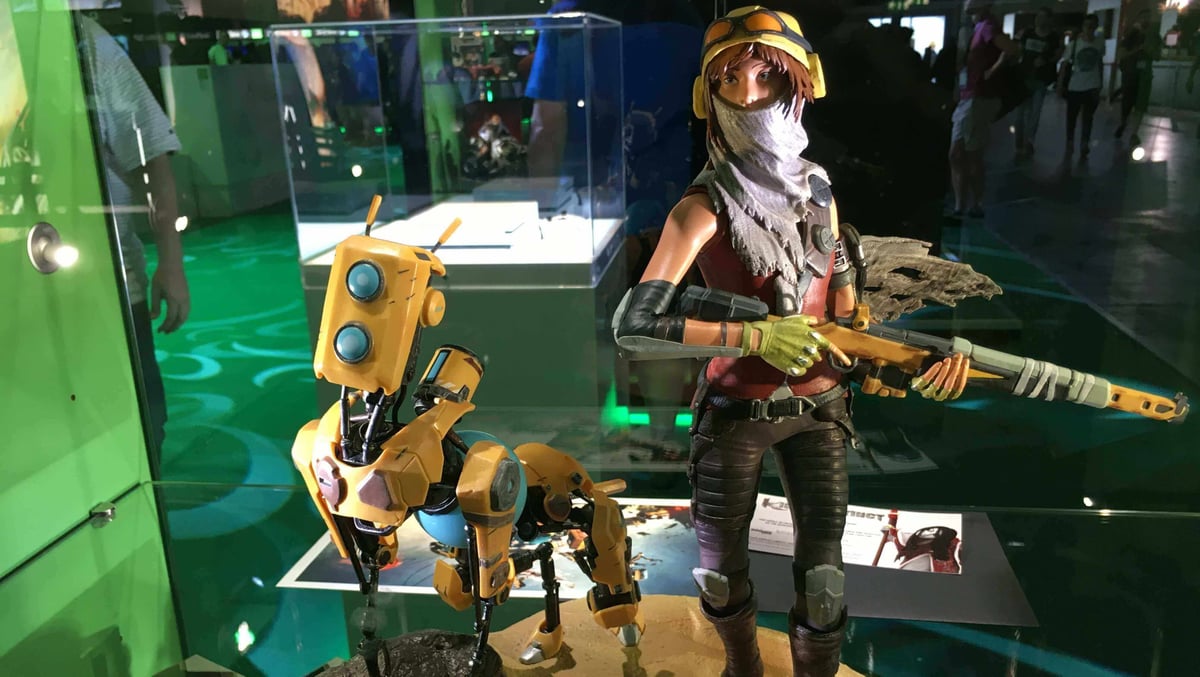All3DP’s co-founder Anatol Locker visited Gamescom in Cologne – and found a million-dollar business no one has entered yet.
I have a confession to make: I’ve spent way to much time with video games, most of it professionally as editor of gaming magazines (perfect excuse, right?). It’s always fun to sniff for trends in this highly successful business, and Gamescom in Cologne is just great for that. This year, 350.000 visitors are expected. It’s a like a fun fair for gamers. If you visit the show, you’ll see an endless stream of juveniles with Minecraft T-shirts waltzing through the halls. They wet their appetite for new attractions – and they are willing to spend some serious money on them.
Over the years, companies, franchises, and blockbusters come and go, and we’ve all seen our descent share of EA’s “FIFA” games. Sure, that‘s fun. But if we leave the games aside, it’s more interesting to see the undercurrent of trends that are appearing on Gamescom. This year I found one which I’d like to share.
There’s Gold to Mine in the Gaming Industry
As a first, Gamescom dedicated 12.000 square meters – hall 5.1 – exclusively to games merchandise. That’s roughly ten times the „Additive Manufacturing Show“ in Amsterdam. Thousands of kids came looking for this games merchandise: Fallout mugs, Portal Cubes, funny Minecraft T-shirts, Pikachu plush hats, Zelda game-themed stationary – and a ton of 3D figurines.
When it comes to gaming figurines, Japanese gamers are the most active fans. They collect gaming, anime and manga heroes by the dozens. 3D gaming figurines range from $10 to $500, they come in various sizes and shapes. They are are must-have’s for die-hard fans. Mostly, they are manufactured by injection molding. 3D printing can’t compete here: You can’t manufacture cheaper or faster.
So, where’s the new business?
Customizing Gaming Characters: A New, Lucrative Business
The big opportunity lies in the games themselves. Think of a modern Role Playing Game like “Fallout,” “The Sims” or “World of Warcraft.” In the beginning, you choose a character race and class, customize your hairdo, skin color, sculpt your face and dress for the occasion. When you start playing with your character, you start to bond with it. It’s your Alter Ego, and you will spend up to 200 hours with it. In some cases, gamers even pay a good deal of money for that extra dragon mount or the “Shiny Crowd of Vanity”, which usually does nothing but looking great and setting you apart from the regular gamer crowd.
So, we have 3D data that represent what the customer thinks is cool. And what are the gaming companies doing with it? Up until now, absolutely nothing.
And that‘s a shame.
It’s no big deal to offer a menu point “3D Print your Character” in the game. Any decent programmer can set this up in a week. A routine can check the player’s data and send it to a professional 3D printing service. The player can add a name plate, choose from special apparel and gear – and have his avatar strike the pose he wants.
The gamer gets what he wants, the software company sells games merchandise, the 3D printing service gets its share. That’s what I call a triple “win”-situation.
Why does this have to be made in-game? There’s one huge advantage. If the gamer has bought the game through Steam, the PlayStation Store or Xbox Games Store, you can access his payment information. This is crucial, as the buyer doesn‘t have to leave the medium. It’s much easier to order in the game directly but to leave your couch, open the browser, apply for an account and enter payment credentials. To sum it up: In-game or die.
Here’s how to Overcome the Obstacles
So: Gaming companies sit on a ton of 3D printable models of game characters… and they are completely ignoring it. Not because they can’t, but because no-one in the games industry seems to care about this potential multi-million dollar business.
Here‘s the reason why: The big gaming companies are purely software companies. They focus on what they can do best – developing the most awesome gaming experience, of course. They have great expertise – and when they are finishing a game, merchandise comes pretty much as the last item on their to-do list.
On the other hand, 3D printing companies don’t make the connection to customizable game avatar prints. They only see legal and IP issues – and mostly fail to have the right contacts to the gaming industry.
Most of the gaming companies I talked with at Gamescom haven’t been approached properly by 3D printing businesses for cooperation. I think that’s a huge opportunity for the 3D printing business. Some companies like MyMiniFactory and Gambody have already started offering game-themed 3D prints, but they aren’t officially endorsed – and they don’t offer customization.
So, if you’re looking for a business idea in 3D printing cosmos, this might be a thing to consider. Happy gaming!
License: The text of "Customizing Games Merchandise is a Gold Mine for 3D Printing" by All3DP is licensed under a Creative Commons Attribution 4.0 International License.


